Around
more than 3 billion years ago, our Earth's atmosphere originally had
almost no free oxygen. It was gradually changed to what it is today,
over a very long time duration of a process called Great Oxygenation
Event which means it is a long process of the introduction of free
oxygen into the earth's atmosphere by a single celled
photosynthesizing microbe called Cyanobacteria. They were the first
organisms to make free oxygen into the atmosphere by photosynthesis
process and it took a very long time from about three billion years
to one billion years ago.
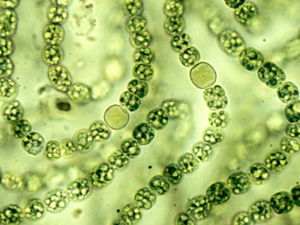

As
Cyanobacteria produced oxygen, and built their stromatolites, they
changed the environment for other protists. Since the other protists
had no way to deal with oxygen, as they were the earth's anaerobic
inhabitants, most of them would have become extinct. Stromatolites
are layered mounds, columns and sheets-like sedimentary rocks that
were originally formed by the growth of layer upon layer of
cyanobacteria. Fossilized stromatolites provide records of ancient
life on Earth.
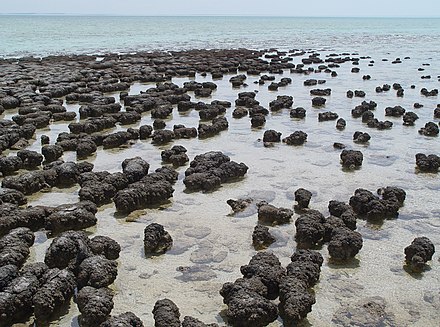
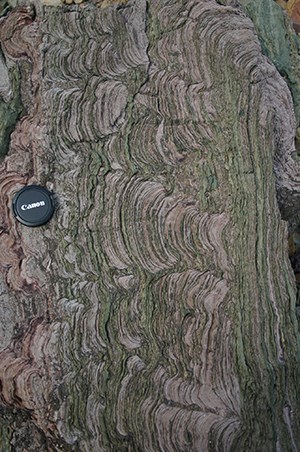


Fossilized Stromatolites found in Glacier National Park
In
2002, a scientific study showed that the 3.45 billion years old
geological formations of Precambrian Stromatolites from Glacier
National Park, Canada contain fossilized cyanobacteria which was
later suggests that they are evidence of one of the oldest and
earliest lifeforms on Earth at the time. Therefore, if life
originated on earth, then this happened sometime between 4.4 billion
years ago, when water vapor first liquefied and 3.5 billion years
ago. After through a few years of searching and further discoveries
of the fossilized evidences at different geological location, it was
claimed that the earliest life on earth existed more than 3.5 billion
years ago, during the Eoarchean Era when sufficient crust had
solidified following the molten Hadean Eon period of Earth.
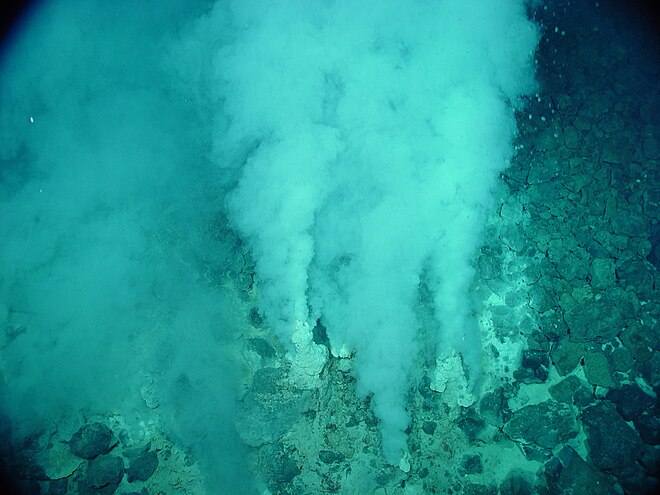 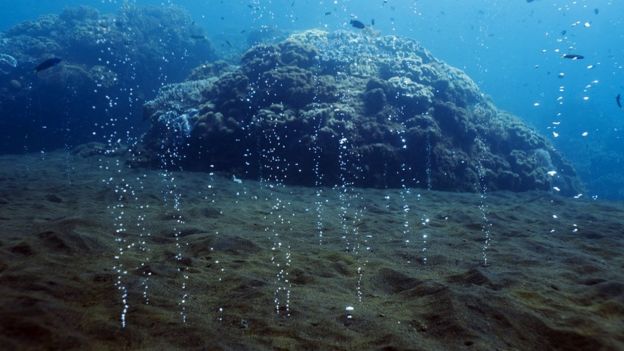 |
| Hydrothermal Vents in Nuvvuagittug Greenstone Belt of Quebec in Canada |
  |
| The earliest habitats for microbial life on Earth formed in Hydrothermal Vents |
In 2017, microorganisms or microfossils were discovered in iron and silica rocks which were once hydrothermal vents in the Nuvvuagittuq Greenstone Belt of Quebec in Canada which was announced as old as 4.28 billion years old and that is the oldest records of life ever on earth. This provided support for the hypothesis that abiogenesis began near hydrothermal vents and it suggests “an instantaneous emergence of life after the ocean formation around 4.41 billion years ago, which was not so long after the formation of Earth. And if life arose quickly on Earth, then it could be common in the Universe. A few scientists think if the origin of life could be common in the Universe, then it would be a possibility that life might have been carried from planet or from outside the solar system by the transport of spores. This idea is known as 'Panspermia'.
Comments
Post a Comment